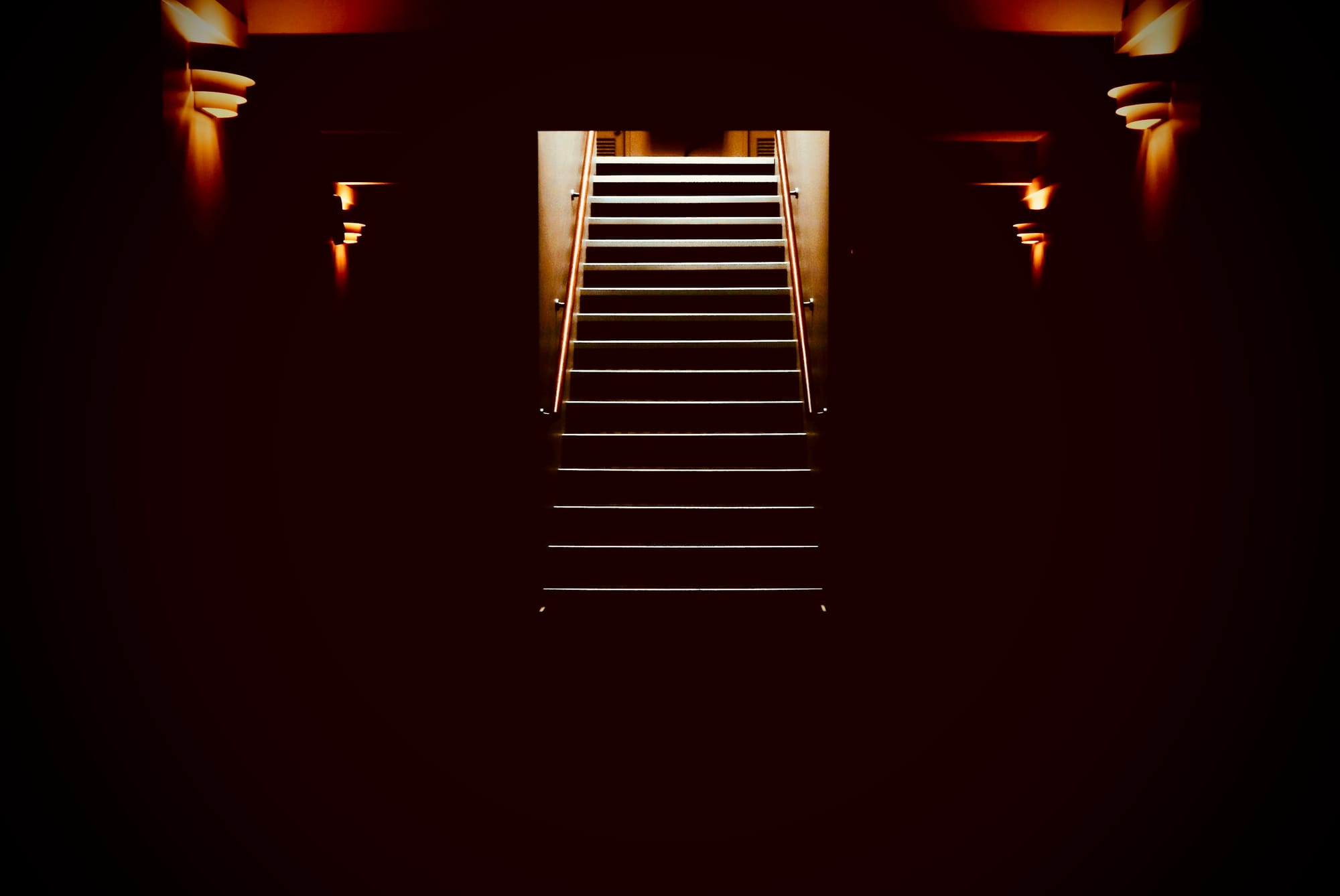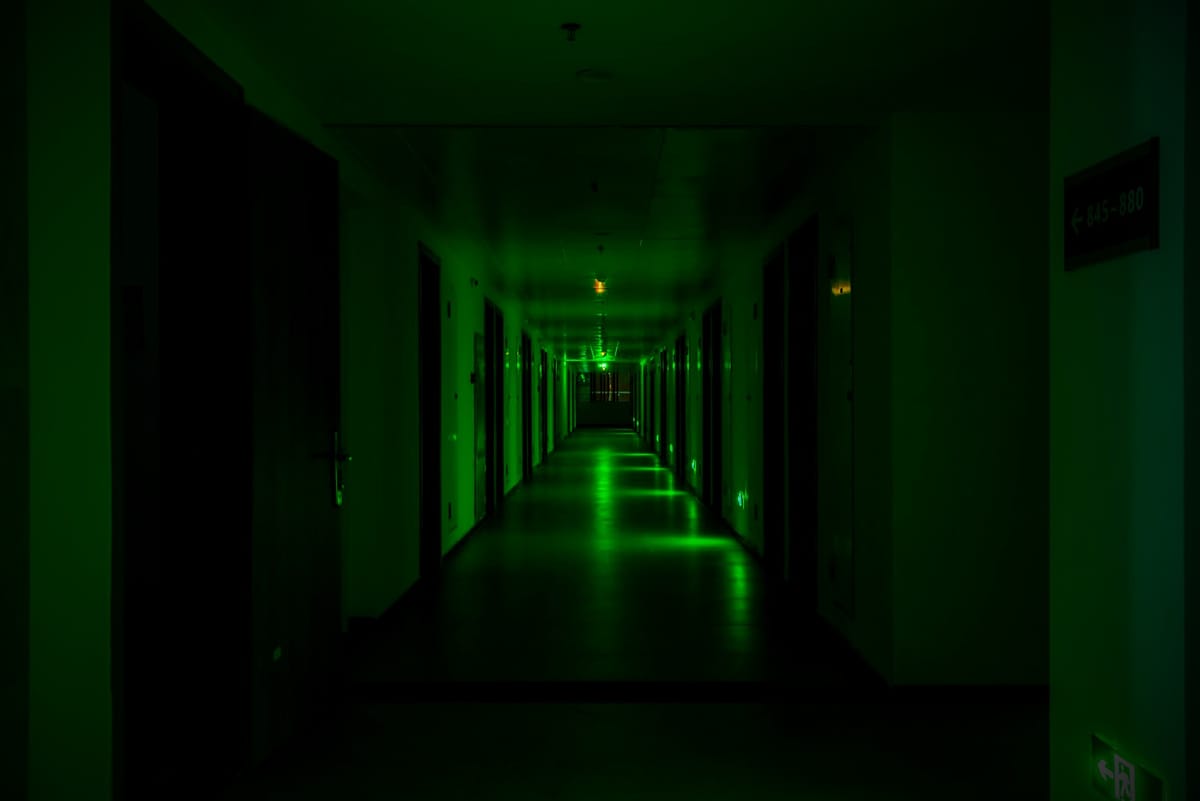
The In-Between
A Geography of Elsewhere
What do you call the place where you've always lived but never arrived?
The In-between is not a destination but a condition. It's the perpetual dusk between belonging and exile, the pause between recognition and erasure, the held breath between existing and disappearing. I've lived here since birth by inheritance—not choice. A life begun without history, raised without roots, existing in the spaces others pass through but never inhabit.
Born between nations, I learned early that home is not a place but a question without answer. This rootlessness became the architecture of my imagination. In my stories, The In-between shows up everywhere but you won't find it on any map. The worn E key on an inherited laptop, where someone typed themselves into oblivion before you got there. Standing in a grocery store while someone reaches through you for olive oil, their sleeve brushing your arm like you're not even there. The coffee ring on your desk—neither fully present nor fully absent, fading at its own stubborn pace.
Perhaps T.S. Elliot best expressed the haunting nature of perpetual liminality:
“Between the idea
And the reality
Between the motion
And the act
Falls the Shadow"
The In-between operates by different physics. Here the disappeared congregate without meeting, existing in parallel solitudes while maintaining small rituals of persistence. You can be hypervisible on a Zoom call while remaining fundamentally unseen. You perform presence without inhabiting it. You leave traces that matter enormously to you and nothing to others.
Living here teaches you the grammar of partial presence. Like the reluctant drawer that won't fully open, you learn to be present but withholding. You become comfortable in overlooked spaces—neither spectator nor actor. You develop the ability to see what others miss: the flicker in the hallway light that pauses rather than fails, the way systems close around absence like water.
This is not romantic. It's exhausting to be half-seen, to exist only at everyone's periphery like those particles in physics that only become definite when observed. You hold doors, reach high shelves, chase dropped wallets—performing the world's automatic responses while being erased yourself.
Yet The In-between offers resistance. When you're already invisible, you're free to observe without being observed. You can document corporate barbarism without being optimized yourself. You can refuse quietly—not with Bartleby's "I would prefer not to" but with the simple continuation of existing without justifying your existence.
For me, The In-between is both inheritance and practice. Born into it through family silence and withheld histories, I've learned to make it habitable. My writing emerges from this space as testimony—memoir fiction drawn from life, reshaped through imagination, and rendered with emotional precision. Each shadow that leaves traces becomes evidence that even the half-seen persist. In this work, absence is a texture of reality rather than a void. Silence is presence, not emptiness. Silence is substance.
The In-between matters now—though I resist such bold declarations. In an age of algorithmic erasure and fading autonomy, where entire lives can be deleted with a database adjustment, The In-between becomes commons. It has a learnable grammar all its own: how to be seen when systems refuse to see you, how to maintain humanity when reduced to commodities, how to exist when existence is absurd, how to persist when persistence itself becomes rebellion.
The In-between isn't nowhere. It's the everywhere that goes unnoticed, until you learn to see it. Writing begins when silence no longer holds what needs saying. Then you realize: most of life happens here, in the spaces between certainty, in the quiet pause before the door closes, in the silent breath between words when everything still hangs possible.
— Dean Bowman

